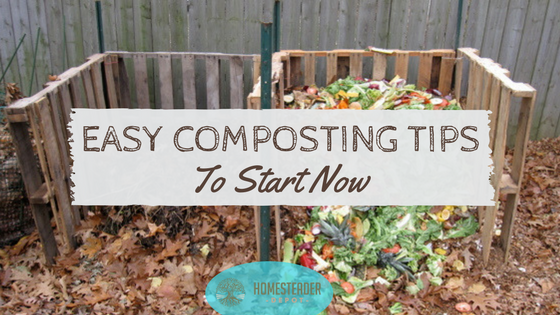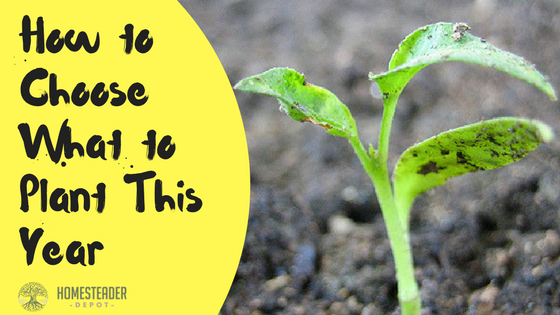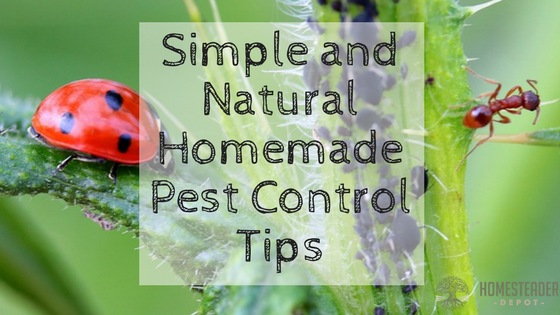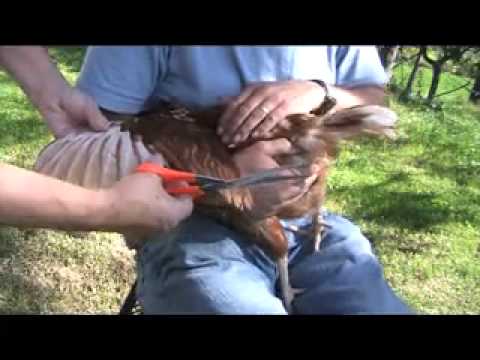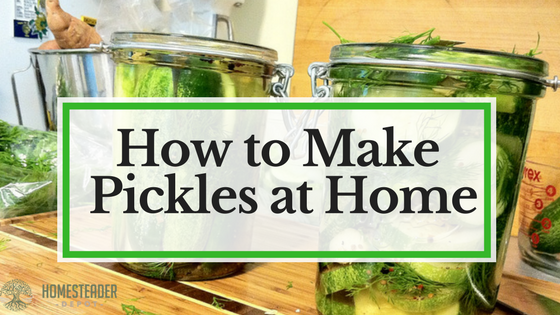Easy Composting Tips to Start Using Now
If you are not composting already, it is something you should start doing sooner rather than later. The following are some simple tips that can help you to get started so you can enjoy the benefits of compost. Tip #1 – The Compost Material Should Be Cut into Small Pieces One of the mistakes that … Read more

